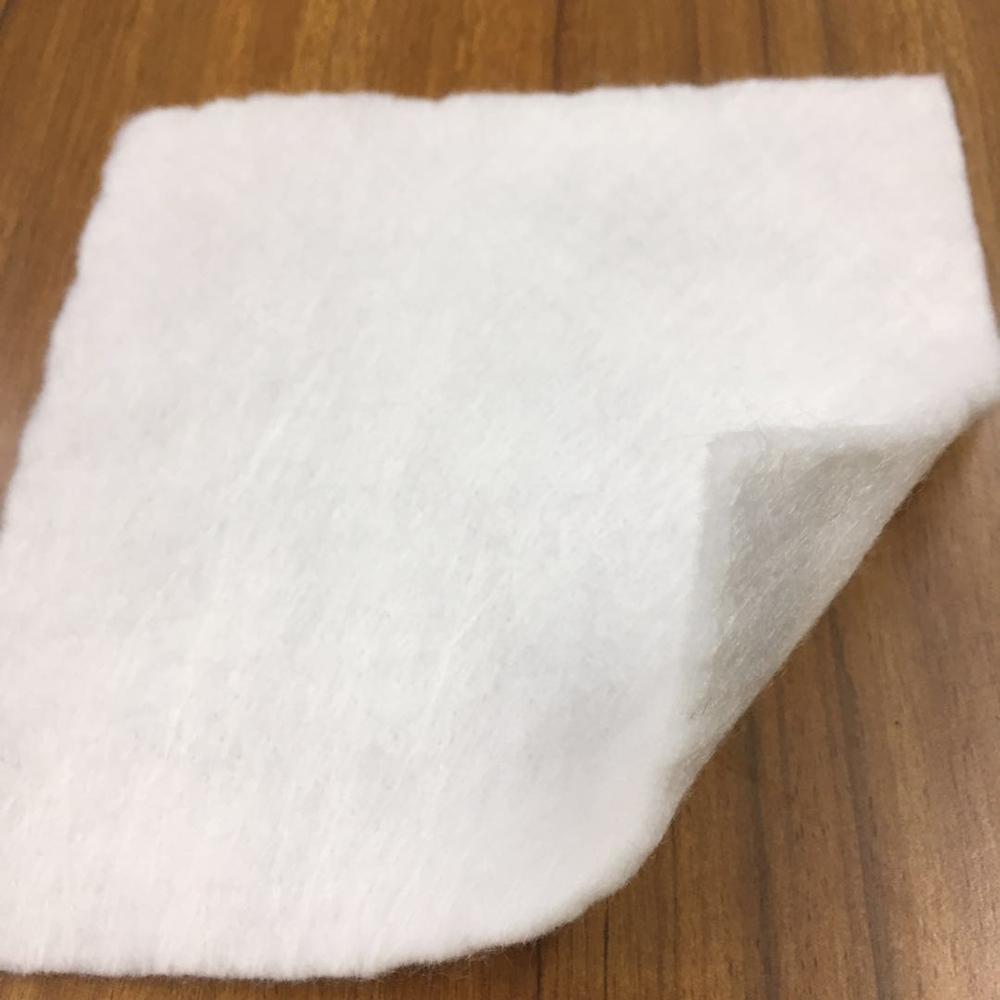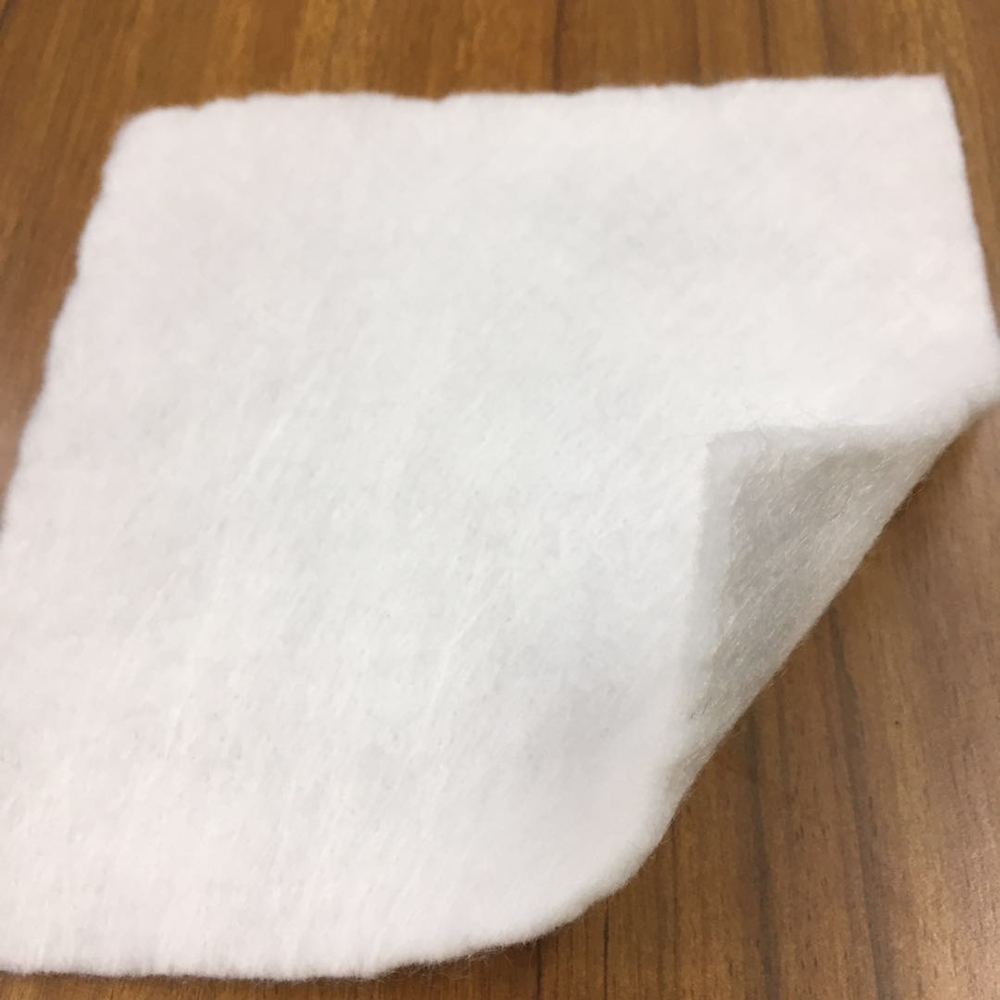 Back to List
Back to List


Nonwoven derivatives can be seen everywhere in our life, especially now people's increasingly urgent need for environmental protection, which further expands the use of nonwoven fabrics.However, there are many kinds of non-woven fabrics, such as spunbonded non-woven fabrics, medical non-woven fabrics, elastic non-woven fabrics, etc.
How can you tell whether the non-woven fabrics you see are spunbonded non-woven fabrics?
Methods to identify spunbonded non-woven fabrics:
Spunbonded non-woven fabric: after the polymer has been extruded and stretched to form continuous filament, the filament is laid into a net, and the fiber net is then bonded by itself, thermal bonding, chemical bonding or mechanical reinforcement to make the fiber net into non-woven fabric.The rolling point of spunbonded non-woven fabrics is diamond shaped, so it is easy to identify.
Spunbonded non-woven fabrics with high strength, high temperature resistance (can be used in 150℃ environment for a long time), aging resistance, uv resistance, high elongation, good stability and permeability, corrosion resistance, sound insulation, moth-proofing, non-toxic and other characteristics, widely used in the production of decorative fabrics, bags, etc.